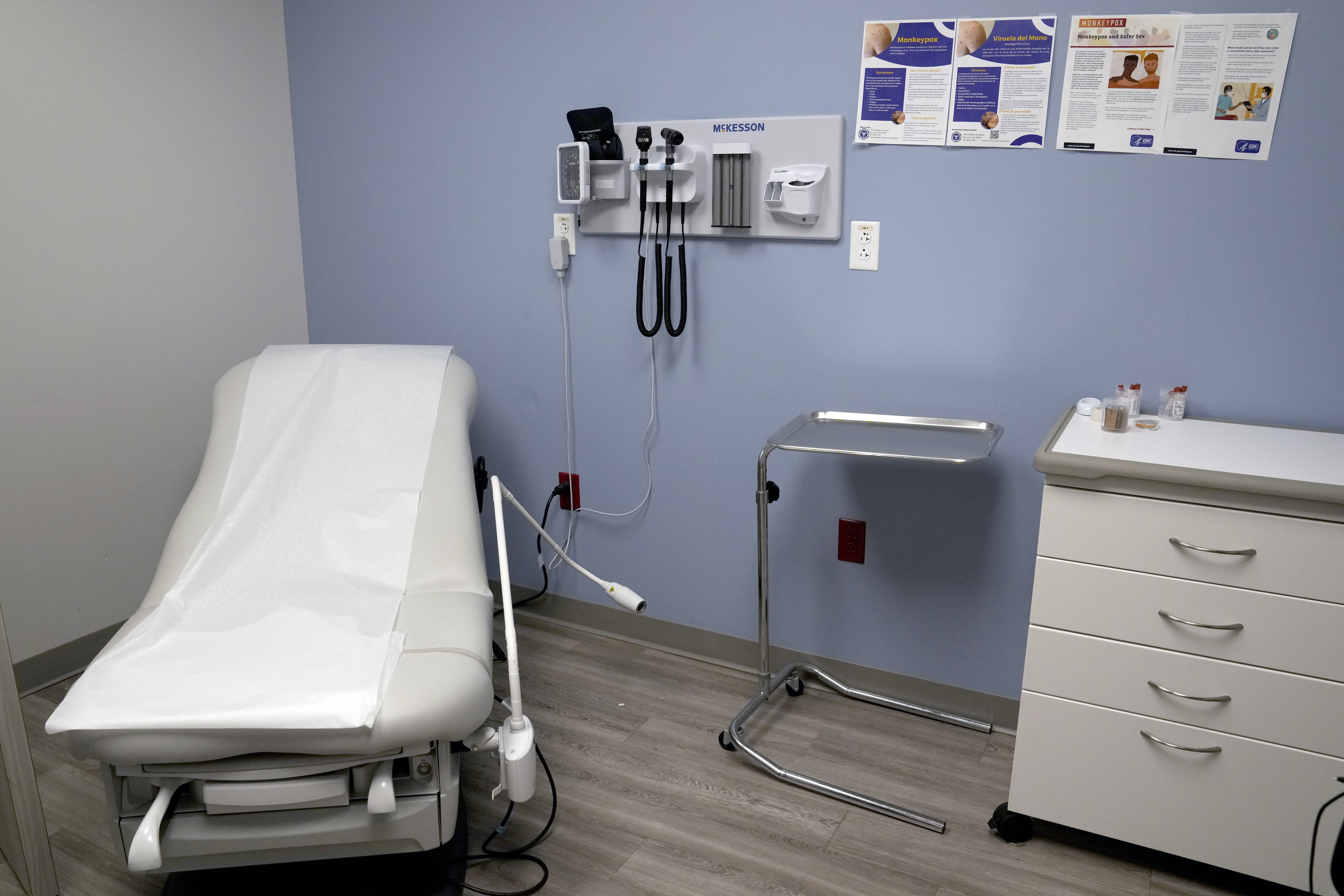Federal investigators say the flight data recorder of the US Airways jet that made a safe emergency landing in the Hudson River shows the aircraft reached a maximum altitude of 3,200 feet and lost power simultaneously in both engines.
Kitty Higgins of the National Transportation Safety Board also says that ice floes in the river are slowing the search for the missing engine. It's believed to have separated from the crippled aircraft as the plane crash-landed in the river Thursday afternoon.
The damaged plane was hoisted from the river onto a barge late Saturday. Investigators were hoping to move the barge and plane to a facility in New Jersey to continue work on the plane.
The jetliners two black boxes were taken to Washington Sunday to be analyzed for clues on why their airplane's engines cut out.
The aircraft was slowly hoisted from the frigid waters late Saturday, exposing a torn and shredded underbelly that dropped pieces of metal as it was maneuvered in the darkness onto a waiting barge. It wasn't immediately clear where the barge would be taken.
Divers still have to recover the sunken left engine of the plane, but now have an idea where to look. A sonar team has identified an object directly below the crash site, according to the National Transportation Safety Board, or NTSB.
Capt. Chesley B. "Sully'' Sullenberger, speaking to NTSB investigators for the first time Saturday, said he made a split-second decision to put down in the river rather than risk a "catastrophic'' crash in a populated neighborhood after birds knocked out both engines.
U.S. & World
The NTSB said radar data confirmed that the aircraft intersected a group of "primary targets,'' almost certainly birds, as the jet climbed over the Bronx. Those targets had not been on the radar screen of the air traffic controller who approved the departure, NTSB board member Kitty Higgins said.
Sullenberger recounted seeing his windshield filled with big, dark-brown birds.
"His instinct was to duck,'' Higgins said, recounting their interview. Then there was a thump, the smell of burning birds, and silence as both aircraft engines cut out.
Sullenberger told investigators he immediately took over flying from his co-pilot and decided it would be too dangerous to attempt a landing at nearby Teterboro Airport.
"We can't do it,'' he told air traffic controllers. "We're gonna be in the Hudson.''
"Brace! Brace! Head down!'' the flight attendants shouted to the passengers.
Security cameras on a Manhattan pier captured the Airbus A320 as it descended in a controlled glide, then threw up a spray as it slid across the river on its belly.
Two flight attendants likened it to a hard landing -- nothing more. There was one impact, no bounce, then a gradual deceleration.
It all happened so fast, the crew never threw the aircraft's "ditch switch,'' which seals off vents and holes in the fuselage to make it more seaworthy.
Hoisting the waterlogged craft, estimated to weigh 1 million pounds (nearly a half-million kilograms), took a few hours Saturday but was preceded by hours of waiting. Crews dove underwater to thread five large slings around the plane and through holes they drilled in the wings.
The conditions were treacherous, with the temperature dipping to 6 degrees Fahrenheit (minus 14 Celsius) and giant chunks of ice forming around the plane by midday. Divers who went into the river were sprayed down with hot water during breaks on shore.
After a day struggling with the icy waters and the immense weight of the craft, the mood on the shoreline in lower Manhattan turned festive with the successful operation. Following the long work to secure the plane, people shook hands and investigators took snapshots, while police helicopters hovered overhead.
Investigators on the barge circled the dented jetliner, examining the damage. An emergency slide still hung from the plane; nearby, a compartment door was open, with some luggage still visible inside. A gash extended from the base of the plane toward the windows. And in places, the skin of the aircraft was simply gone.



